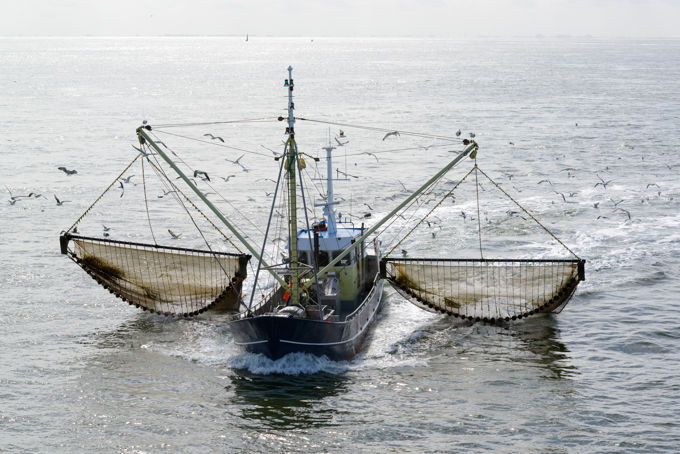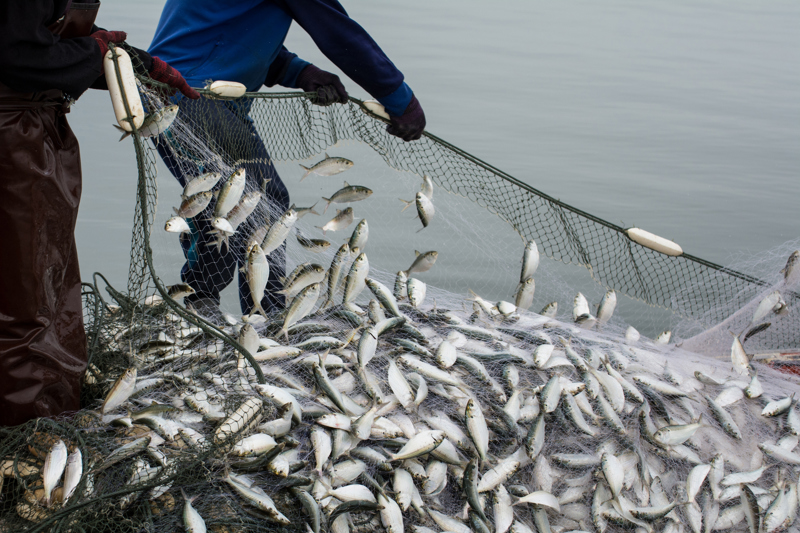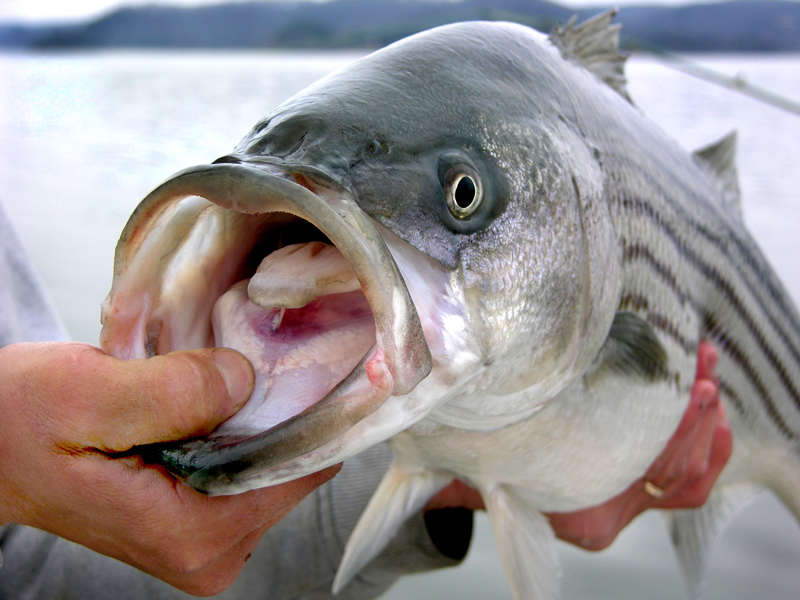
Fisheries Management in Virginia
Magnuson-Stevens Fishery Conservation and Management Act (MSA)
The alternative energy wave breaking on Virginia’s shore brings more than the promise of a new job for the burgeoning wind industry. It also brings concerns for existing and heavily regulated industries such as commercial and recreational fishing. In 1976, Congress enacted the Magnuson Act for the purpose of conserving and managing the fishery resources of the United States. The current version of this act now known as the Magnuson-Stevens Fishery Conservation and Management Act (“MSA”) recognizes the fisheries off the coasts of the United States “constitute valuable and renewable natural resources” that “contribute to the food supply, economy, and health” of the United States in addition to providing recreational opportunities. The MSA also recognizes the commercial and recreational fishing industries as a “major source of employment” in need of protection.

Shutterstock: Watchares Hansawek
![]() Fisheries Management
Fisheries Management
The fisheries off the coasts of the United States refers to federal waters situated anywhere from 3 miles to 200 miles offshore. The Secretary of Commerce through the National Marine Fisheries Service (‘NMFS”) and its eight regional councils regulates this area which is also known as the Exclusive Economic Zone or EEZ. The Mid-Atlantic Fishery Management Council (“MAFMC”) overseas the federal waters off the coast of Virginia and other states. Given the migratory nature of the managed species, MAFMC must coordinate with other councils as well as other agencies such as the Atlantic States Marine Fisheries Council (“ASMFC”) to create fishery management plans or FMP’s. The coastal states of the eastern United States created the ASMFC as an interstate compact in the 1940’s designed to regulate the coastal waters between shore and 3 miles offshore. FMP’s must not only maintain the diversity of the fisheries in the EEZ but also preserve the commercial and recreational fishing industries.
The statutory scheme enacted to pursue these efforts has often been referred to as a web. The MSA does not stand alone and coexists with the Administrative Procedure Act, the Small Business Regulatory Enforcement Fairness Act, the Sustainable Fisheries Act, the Regulatory Flexibility Act, the Endangered Species Act, and associated regulations found in the Code of Federal Regulations or CFR. Lawsuits have occurred whereby commercial fishing associations as well as fish dealers and processors have had to rely upon the web to challenge ill-conceived regulations and to protect their livelihoods. Many of these suits have been brought in the Norfolk Division of the United States District Court for the Eastern District of Virginia. Fortunately, the web statutes and regulations allow the prevailing commercial fishing interests to recover their legal fees should the court find government failed to recognize the importance of commercial fishing interests to food supply, economy, and health of the United States.

Shutterstock: Steve Bingman
Crossroads of Renewable Energy and Commercial and Recreational Fishing in Virginia
With the issuance of a nearly 113,00-acre lease from the Department of Interior for wind development 27 miles off the coast of Virginia Beach and squarely within the EEZ zone in combination with a similar lease off the coast of the Outer Banks of North Carolina, the crossroads of renewable energy and commercial and recreational fishing have met. The web of statutes and regulations designed to preserve fishing stocks and protect commercial and recreational fishing have become even more relevant. In fact, The United States Department of Interior’s Bureau of Ocean Energy Management, the lead federal agency for offshore energy exploration and development, has recently developed a Draft Federal Survey Mitigation Strategy designed to address the anticipated impacts of offshore wind energy development to the fisheries in the EEZ. It remains in its 60-day public comment period set to expire on August 22, 2022.

Shutterstock: Eliyahu Yosef Parypa
Conclusion
Our waterfront law team is well versed in maritime and admiralty law, and we're available here to answer any of your questions or concerns.
